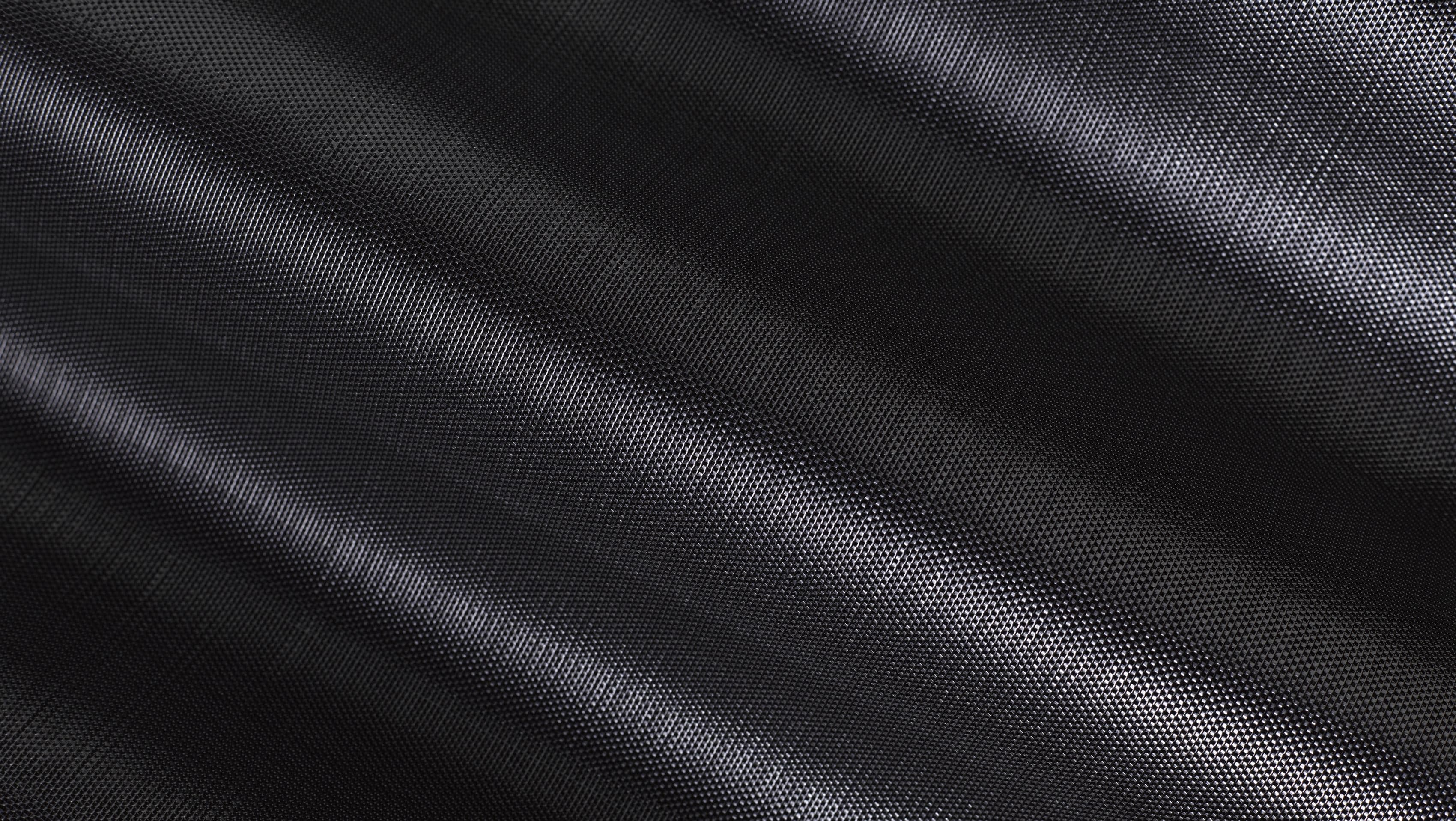How to minimize leakage rates in geomembrane liners to optimize performance

What are the limitations of slit tape woven geotextiles?
What is a slit tape?
Slit tapes are woven geotextiles that are manufactured by weaving together flat strands, or tapes, of polypropylene or other synthetic fibers. Slit tape technology has not changed since it originated in the carpet backing industry more than 40 years ago.
In roadway construction, slit tapes are used to provide separation between the subgrade and aggregate base to prevent the migration of fine soil particles into the base material. However, they do not provide filtration and have poor flow. In fact, slit-tape woven geotextiles have the worst hydraulic properties of any geotextile available. Flow rates can be 35 times less than those of nonwoven geotextiles. Therefore, slit tapes should only be used as separator fabric in dry conditions.
All geotechnical applications will have moisture intrusion at some point during the service life of the structure. This may include environmental or seasonal moisture, or moisture introduced by external systems such as utilities. Considering that moisture is the biggest threat to the performance and durability of roadway infrastructure, the use of slit tape geotextiles leaves roadways vulnerable to perched water below the roadway. When this occurs, the subgrade becomes weak, leading to damage such as potholes and rutting.
Some State DOT’s stand specifications and Approved Products Lists (APL’s) include slit tape geotextiles. Many of these are long-standing specifications that have not been updated for some time, but they are driving the continued use of these materials. The geosynthetic industry has developed new materials and geotextile technology has advanced significantly. Alternate materials are readily available that will offer equivalent or superior performance to slit tape geotextiles
What is the alternative?
The permittivity of a geotextile is the volumetric flow of water per unit area through a geotextile normal to the plane. Slit tapes have very low hydraulic permittivity (0.05 sec‐1, ASTM D4491). To adequately protect a roadway, a geotextile with a minimum permittivity greater than or equal to 0.2 sec-1 should be considered.
There are several types of geotextiles that meet or exceed this hydraulic permittivity, including nonwoven geotextiles and woven monofilament/multifilament geotextiles (not made from slit tape yarns). When following AASHTO M288‐17 specification for Separation/Stabilization, Solmax recommends considering products that have a permittivity ≥ 0.2 sec‐1 ; this includes nonwoven geotextiles that have >50% elongation properties outlined in AASHTO M288.
As noted, separation is the primary application where slit tape geotextiles are used. For projects that have specified MIRAFI® 500X as a separation geotextile, MIRAFI 140N can be considered a functional equivalent as both meet the minimum requirements for Class 3 Separation per AASHTO M288-17 Standard Specification for Geosynthetic Specification for Highway Applications.
For projects that have specified MIRAFI 600X as a Separation Geotextile, MIRAFI 180N or MIRAFI 160N can be considered as a functional equivalent. MIRAFI 600X meets the minimum requirements for Class 1 and Class 2 Separation applications per AASHTO M288-17 Standard Specification for Geosynthetic Specification for Highway Applications. MIRAFI 180N meets the Class 1 requirements for Separation per M288 and MIRAFI 160N meets the Class 2 requirements for Separation per M288.
In addition to meeting the minimum requirements for Separation per AASHTO M-288- 17, MIRAFI 140N, 160N and 180N also meet the minimum requirements for Class 1, 2 and 3 Subsurface Drainage, whereas MIRAFI 500X and 600X do not meet the requirements for drainage.
For slit-tape woven geotextiles to offer stabilization or reinforcement, it is necessary to place aggregate on top of them, pre-rut the area to be stabilized to engage the fabric into tension, and then fill in the ruts. Pre-rutting is not required with high modulus woven geotextiles such as MIRAFI RSi-Series and H2Ri as they provide these functions at very low strain levels, typically under 1%. High modulus woven geotextiles also provide far better reinforcement, stabilization, separation, and filtration performance than slit tape geotextiles.
Finding a better solution
Though specifications for slit tape woven geotextiles still exist, many state DOT’s are moving away from these materials. For example, Kansas DOT Standard Specification, Section 1710.2(5) states that woven geotextiles with slit tape or slit-film filaments in both the machine direction and the cross-machine direction are prohibited. Washington State DOT and the University of Washington conducted a study on the performance of geotextile separators and found that nonwoven geotextiles performed better than slit tape woven geotextiles in instances of blinding and clogging. Based on its findings, the study stated that “it is recommended that current WSDOT specifications require that a nonwoven geotextile which means the current strength criteria be used where the subgrade consists of clayey slit or sandy silt.”
Globally, North America is the only major market that still utilizes slit tape wovens for separation applications. Most markets specify modern nonwovens for separation. Innovation is just as crucial for the materials we use to build our roads as it is for the vehicles that drive on them. Advancements in geosynthetics continue to offer better, fast and more cost-effective ways to build roads with long-term performance life.
References
Holtz, R., and Page, M., Performance of Geotextile Separators, WSDOT, 1991
Explore more blogs
View allInvesting in the future: Building 100-year pavement foundations
What are the key considerations in designing reinforced soil slopes?
A technical overview of reinforced soil slopes (RSS) in geotechnical engineering, focusing on design, erosion control, and innovative materials for slope stability.